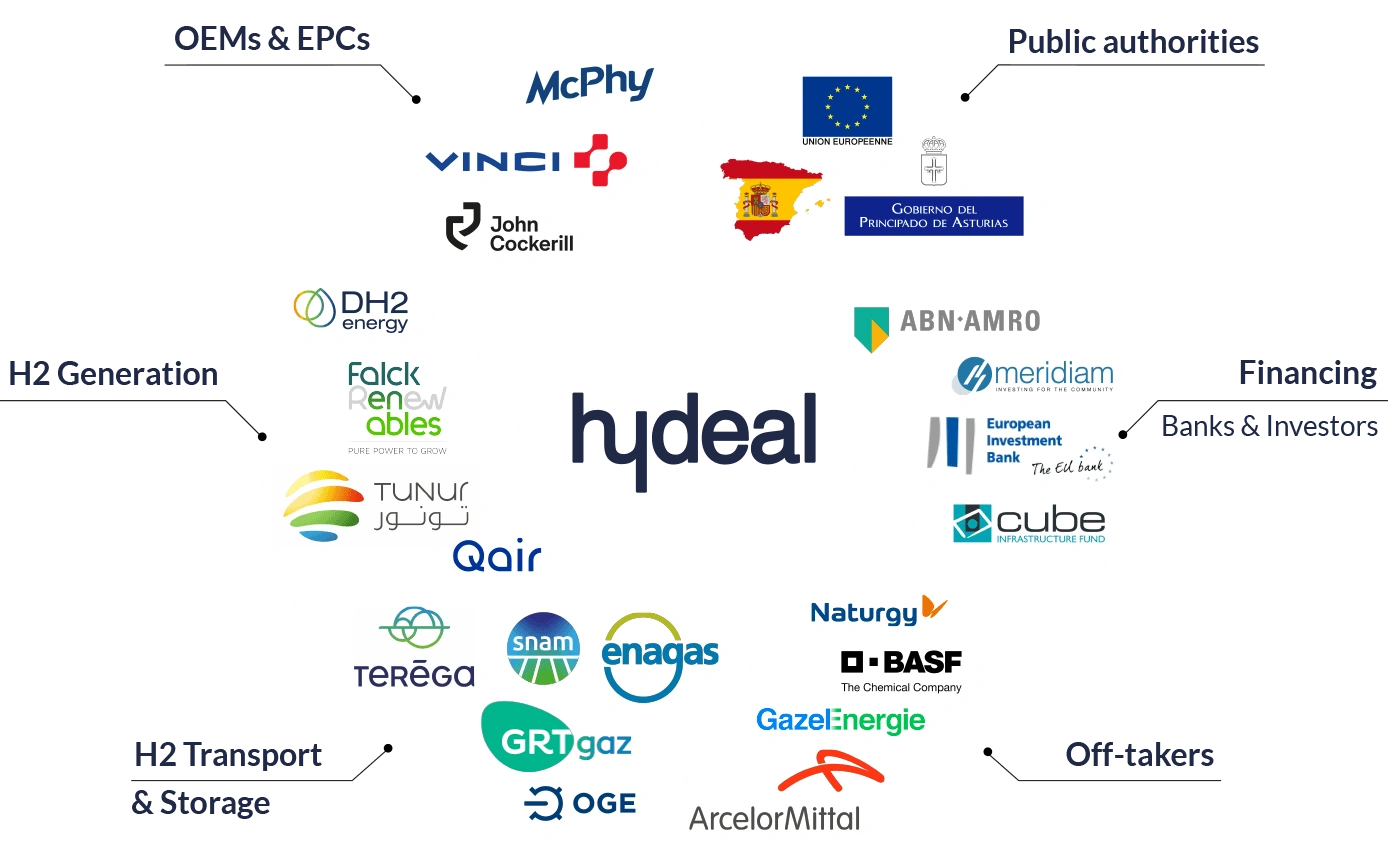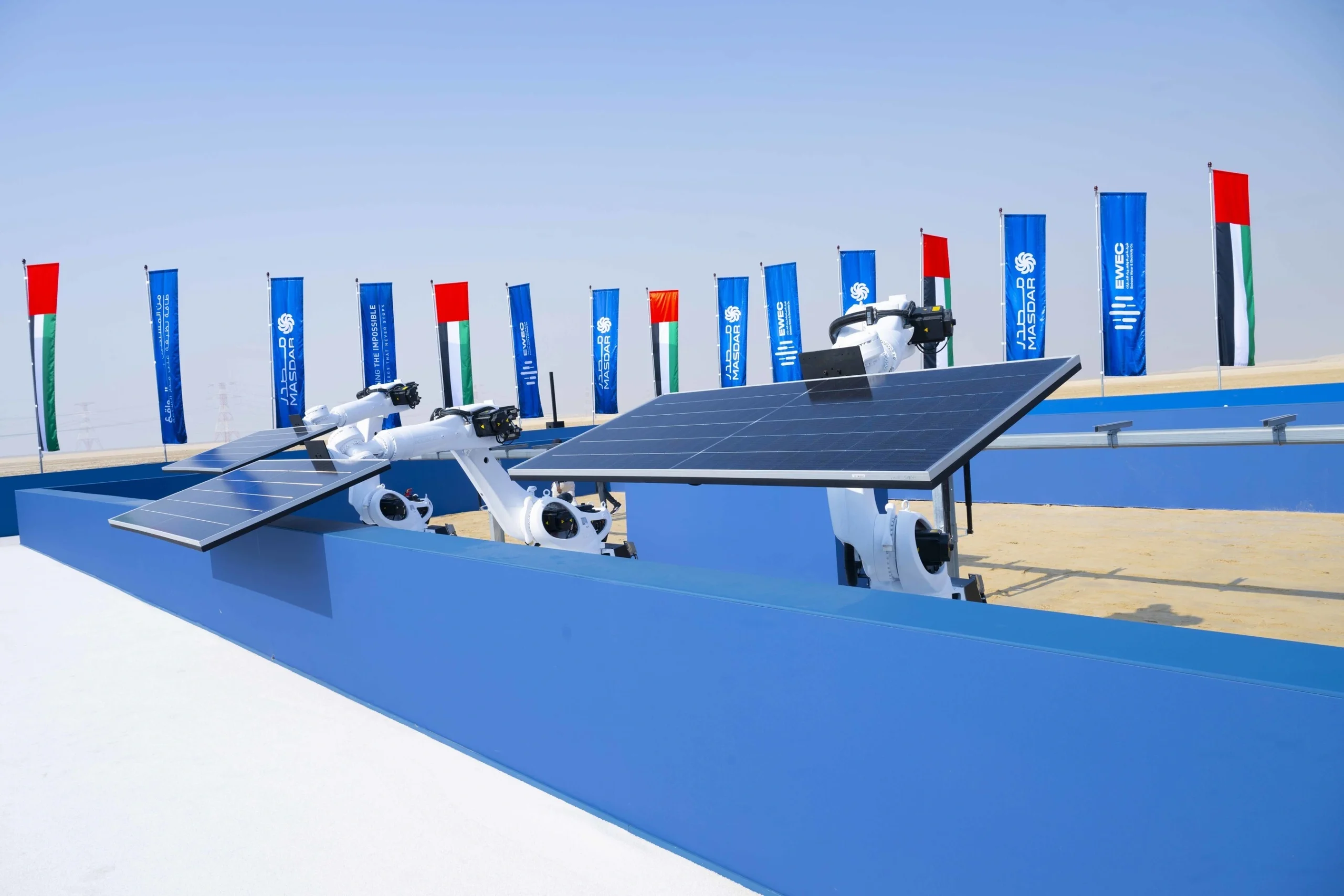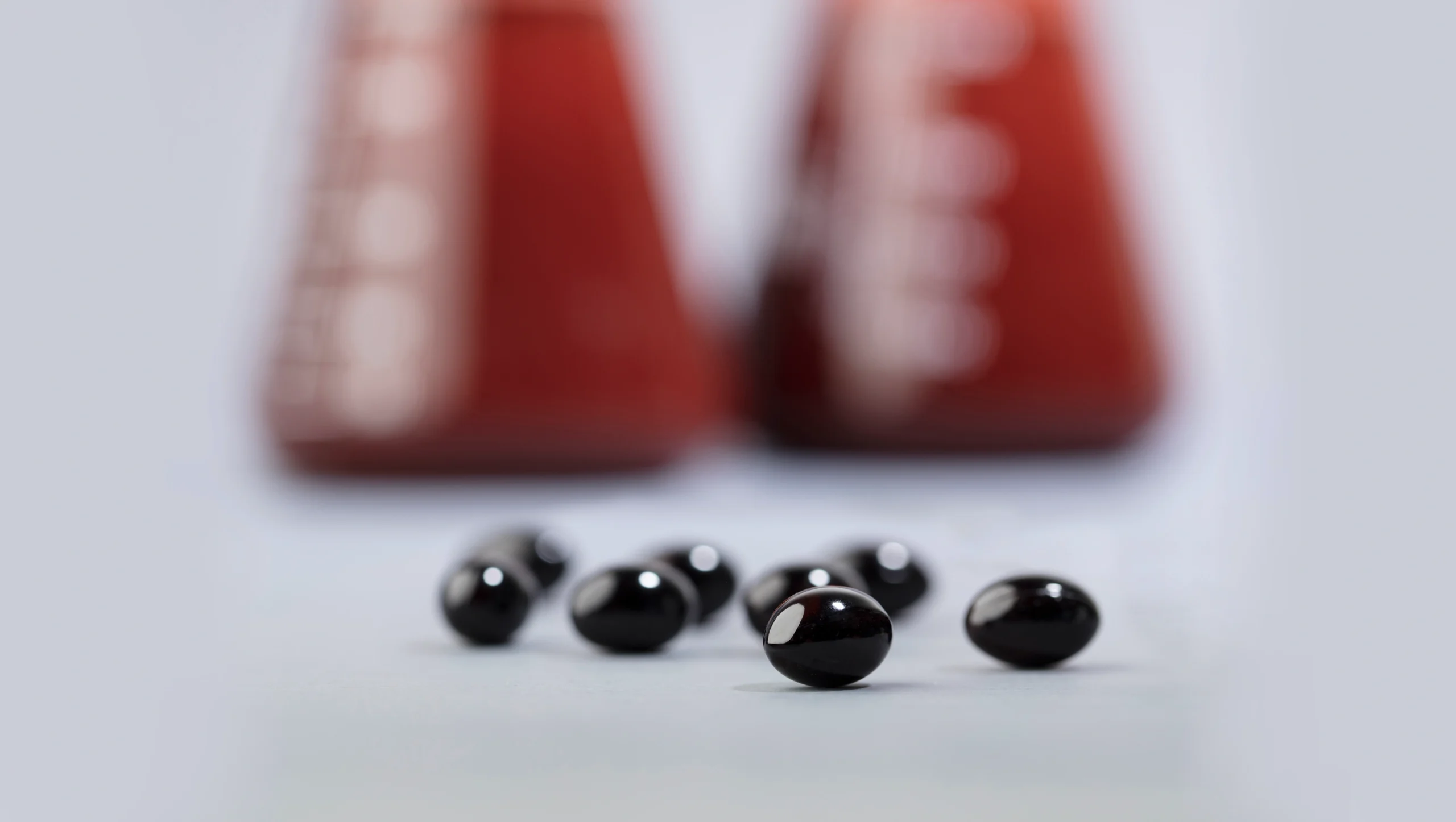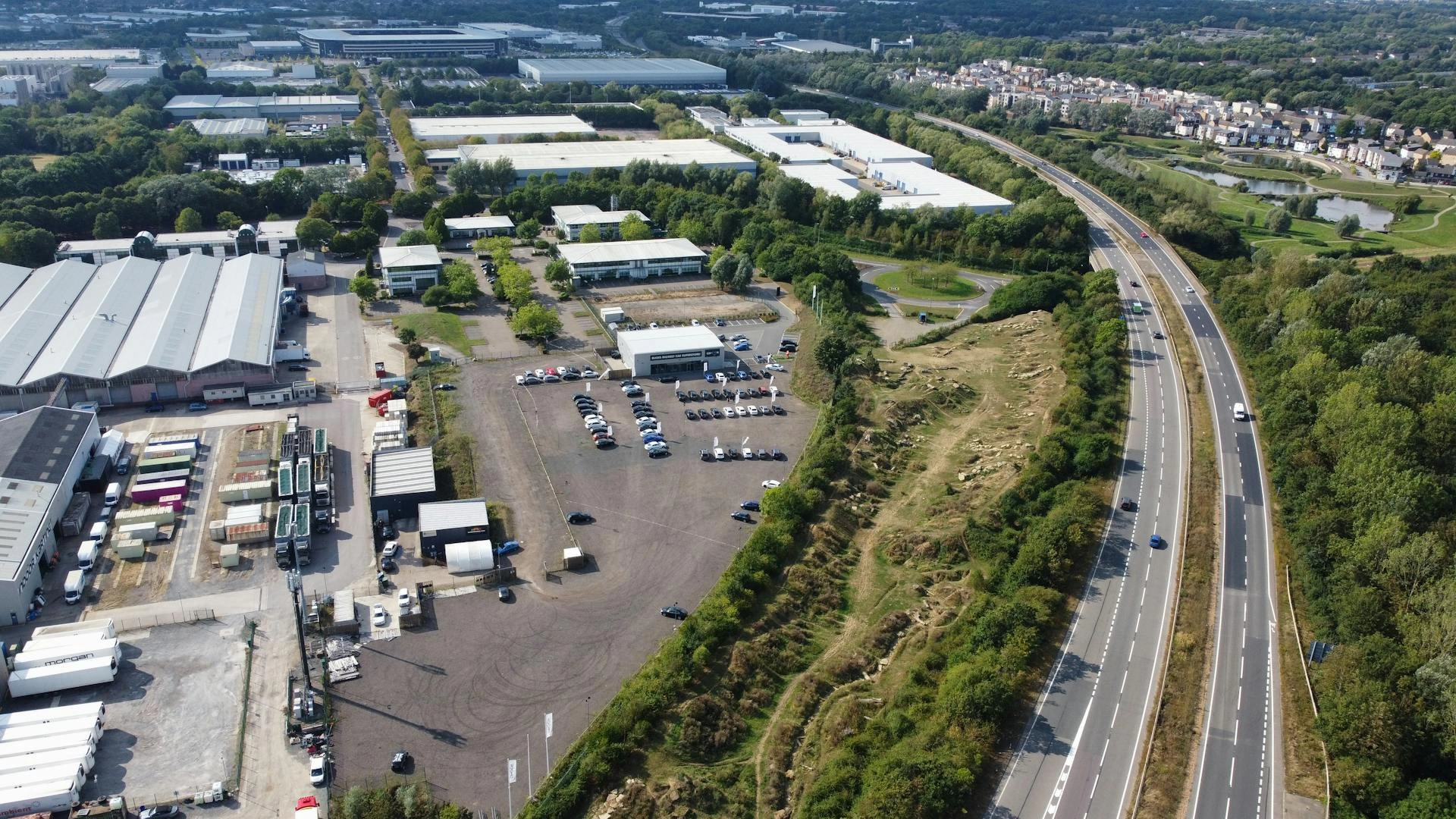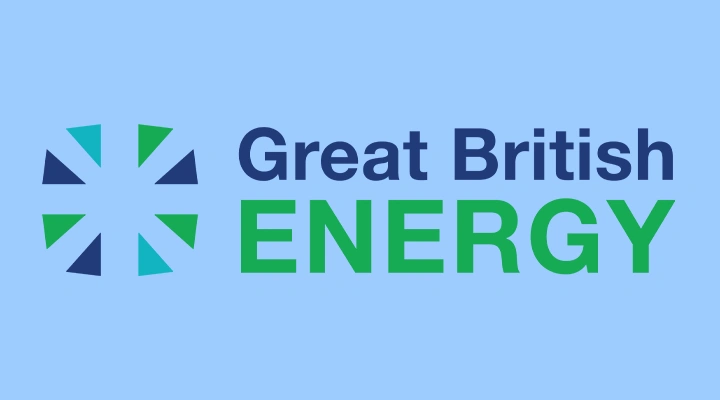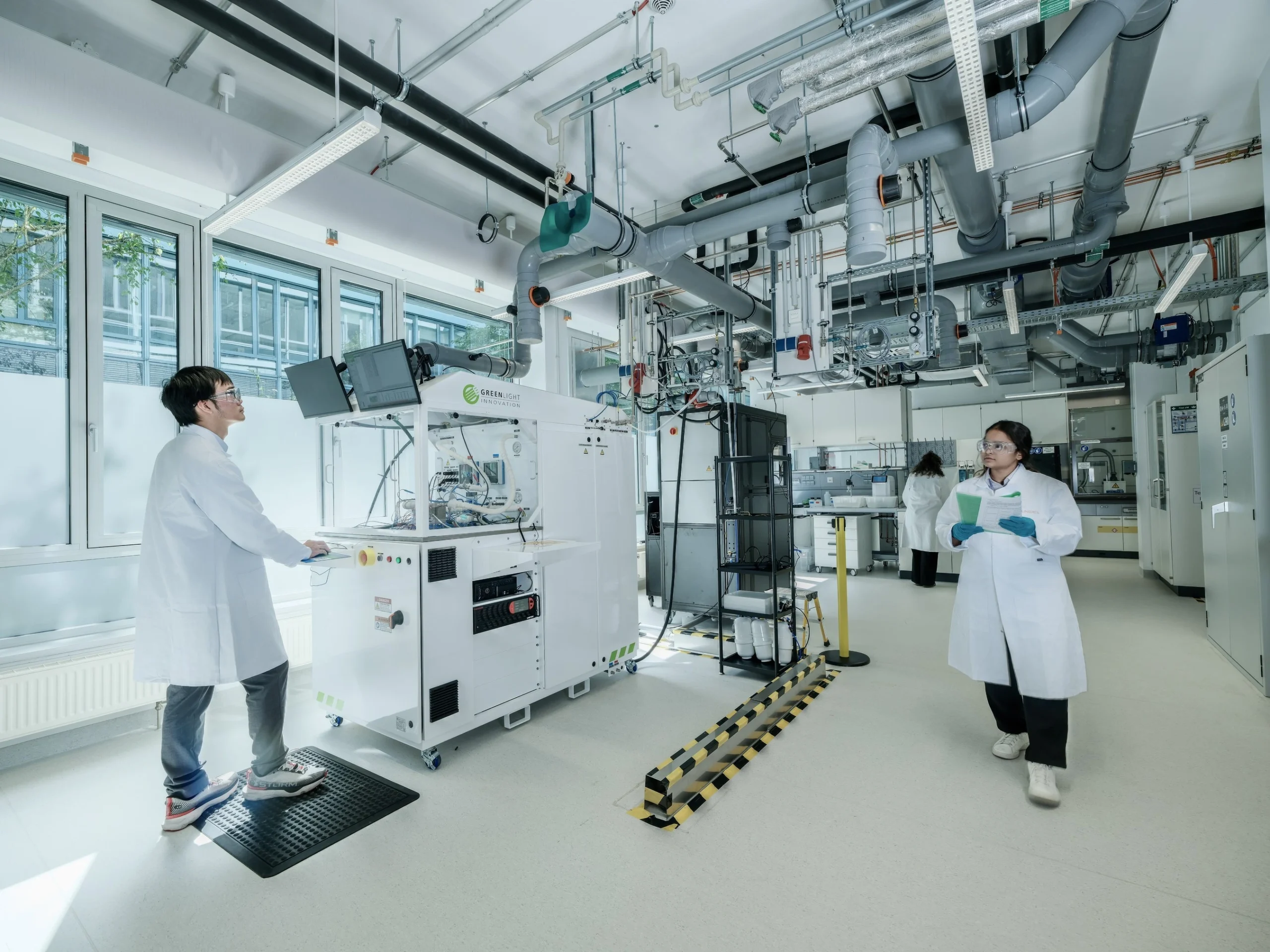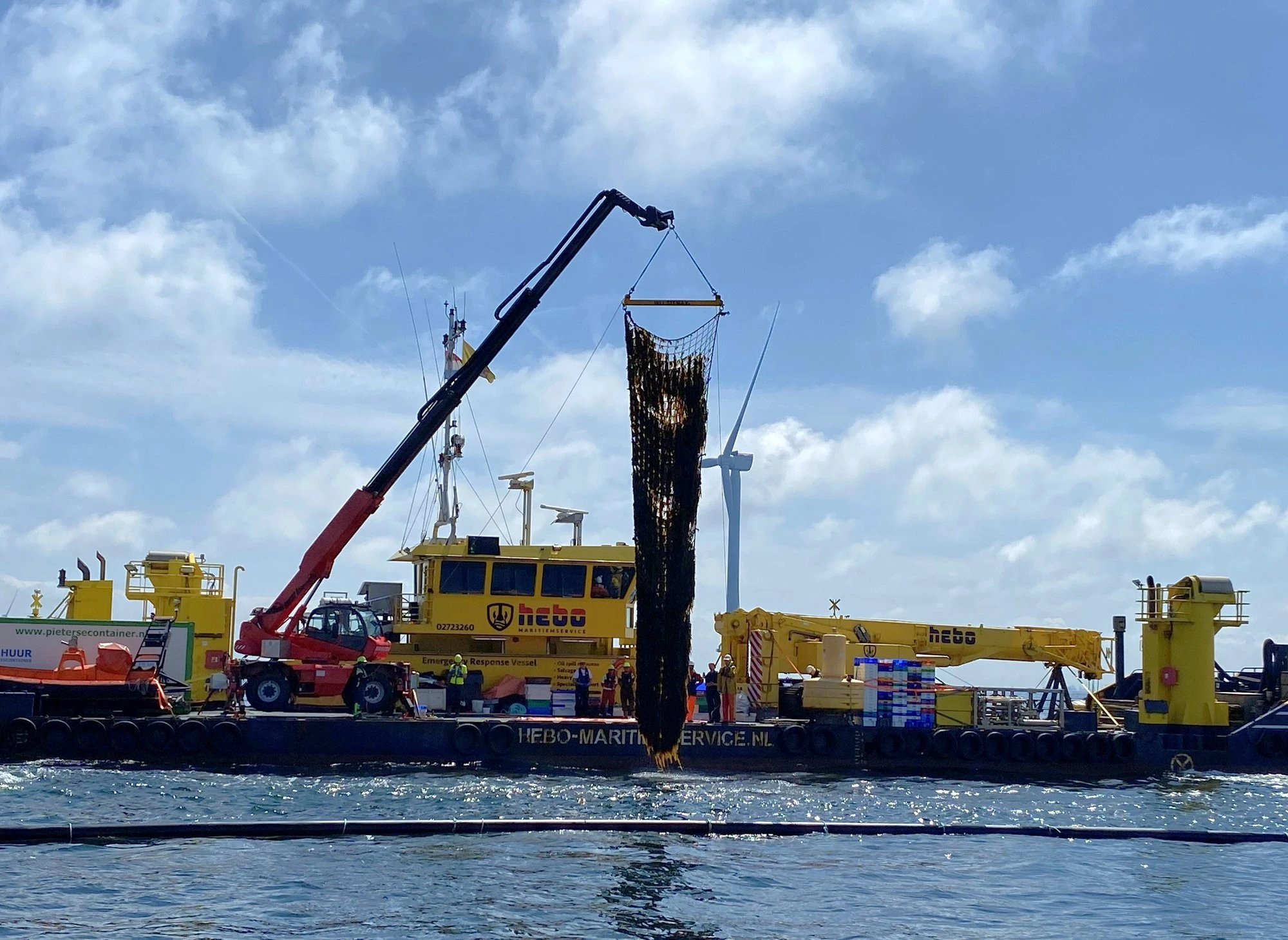The future of shock absorbers in autonomous and electric vehicles

John E. Kaye
- Published
- Home, Sustainability
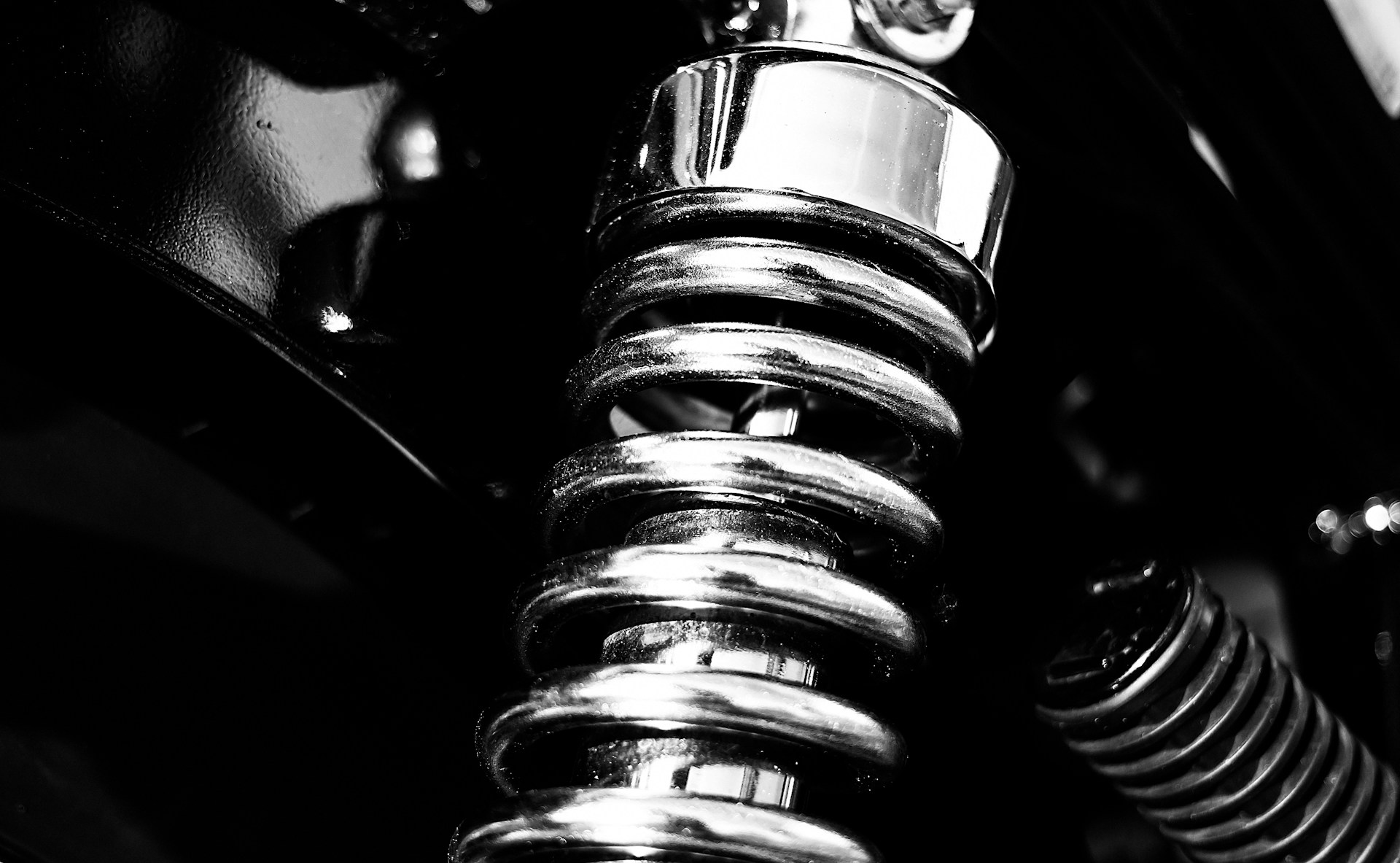
As the automotive industry moves towards autonomous driving and electric mobility, shock absorbers, a key part of vehicle suspension systems, are undergoing transformation. Designed primarily for conventional vehicles with internal combustion engines (ICE), traditional shock absorbers must adapt to the demands of modern electric and autonomous cars. This article explores how these innovations are reshaping shock absorber technology, focusing on leading European manufacturers and their contributions.
Adapting to change in the evolution of shock absorbers
With the rise of electric vehicles (EVs) and autonomous driving systems, shock absorbers face new challenges. EVs have different weight distribution due to battery placement, affecting the vehicle’s centre of gravity. This shift necessitates recalibrating suspension systems, where shock absorbers play a crucial role.
In autonomous vehicles, dynamics differ. Since these systems aim to reduce human intervention, shock absorbers must be fine-tuned for precise and real-time adjustments. This requirement drives the development of adaptive and semi-active suspension systems that respond to varying road conditions efficiently.
Technological advancements in adaptive and active systems
A major innovation in shock absorber technology is the development of adaptive and active suspension systems. These use sensors and electronically controlled dampers to adjust settings in real-time, enhancing comfort and safety. Companies like Continental and ZF, prominent European manufacturers, lead in this area.
Continental’s predictive suspension system uses cameras and sensors to anticipate road conditions and adjust the shock absorbers. This technology ensures a smoother ride, particularly important for EVs, where a quieter cabin is a key feature. The system’s ability to adapt to terrain showcases the integration of artificial intelligence (AI) and sensor technology within modern suspension setups.
ZF has developed a semi-active suspension system that dynamically adjusts damping forces based on the vehicle’s driving mode and road conditions. This technology benefits EVs and autonomous vehicles, enhancing stability and comfort while minimising energy consumption—essential for extending electric cars’ range.
Impact of electrification and adjusting to new vehicle designs
The shift towards electric vehicles brings unique challenges for shock absorbers. Electric cars often have heavier structures due to battery packs. This weight requires shock absorbers to be more robust, capable of handling additional stress while maintaining performance. Additionally, the quieter nature of EVs means passengers are more sensitive to vibrations or noises from the suspension, necessitating refined designs.
Manufacturers now focus on lightweight materials and designs that support heavier battery packs without compromising performance. Using advanced composites and alloys, engineers create shock absorbers that provide strength while minimising weight. This balance is crucial for maintaining efficiency and range in electric vehicles.
Precision and real-time adjustment in autonomous driving
Autonomous vehicles have specific requirements for shock absorbers. These vehicles rely on precise sensor input to adjust systems, including suspension, in real-time. Shock absorbers in autonomous cars must work with the central control system, adjusting damping forces based on data from road sensors, cameras and AI algorithms.
Leading companies are integrating predictive algorithms that detect and respond to potential road irregularities before the vehicle encounters them. This not only improves passenger comfort but also enhances safety by ensuring the vehicle maintains optimal road contact.
AI and IoT integration in suspension systems for future trends
The integration of AI and the Internet of Things (IoT) is revolutionising shock absorbers. AI-enabled systems can learn and adapt to individual driving habits, personalising the suspension experience. With real-time connectivity, IoT allows shock absorbers to communicate with other vehicle systems, like braking and steering, providing a cohesive and responsive driving experience.
European manufacturers, including Bosch and Bilstein, explore AI integration for next-generation shock absorbers. These innovations aim to connect the vehicle’s sensors with its suspension system, ensuring adjustments are quick and preemptive, improving ride quality and safety.
Verified statistics and market trends
Statistics highlight the growing demand for advanced suspension systems in Europe. According to the European Automobile Manufacturers Association (ACEA), the market for adaptive and semi-active suspension systems is set to grow by 7.8 % annually over the next five years. This growth is driven by increased electric and autonomous vehicle production, with companies like AUTODOC reporting a surge in demand for compatible parts.
Conclusion
As electric and autonomous vehicles become more common, the role of shock absorbers will continue to evolve. Integrating new technologies like AI, predictive analytics and lightweight materials is reshaping how shock absorbers function, offering improved comfort, safety and efficiency. Leading European manufacturers are developing solutions that meet modern vehicle demands and set future industry standards.
The future of shock absorbers in autonomous and electric vehicles is bright, with innovation ensuring they remain critical in enhancing performance and passenger comfort. As technology advances, shock absorbers will continue shaping the driving experience of tomorrow.
Sign up to The European Newsletter
RECENT ARTICLES
-
 Mycelium breakthrough shows there’s mush-room to grow in greener manufacturing
Mycelium breakthrough shows there’s mush-room to grow in greener manufacturing -
 Oxford to host new annual youth climate summit on UN World Environment Day
Oxford to host new annual youth climate summit on UN World Environment Day -
 Exclusive: Global United Nations delegates meet in London as GEDU sets out new cross-network sustainability plan
Exclusive: Global United Nations delegates meet in London as GEDU sets out new cross-network sustainability plan -
 Fast fashion brands ‘greenwash’ shoppers with guilt-easing claims, study warns
Fast fashion brands ‘greenwash’ shoppers with guilt-easing claims, study warns -
 Private sector set to overtake government as main driver of corporate sustainability in 2026, report suggests
Private sector set to overtake government as main driver of corporate sustainability in 2026, report suggests -
 Sir Trevor McDonald honoured at UWI London Benefit Dinner celebrating Caribbean achievement
Sir Trevor McDonald honoured at UWI London Benefit Dinner celebrating Caribbean achievement -
 Historic motorsport confronts its energy future
Historic motorsport confronts its energy future -
 Protecting the world’s wild places: Dr Catherine Barnard on how local partnerships drive global conservation
Protecting the world’s wild places: Dr Catherine Barnard on how local partnerships drive global conservation -
 Europe’s HyDeal eyes Africa for low-cost hydrogen link to Europe
Europe’s HyDeal eyes Africa for low-cost hydrogen link to Europe -
 Fabric of change
Fabric of change -
 Courage in an uncertain world: how fashion builds resilience now
Courage in an uncertain world: how fashion builds resilience now -
 UAE breaks ground on world’s first 24-hour renewable power plant
UAE breaks ground on world’s first 24-hour renewable power plant -
 China’s Yancheng sets a global benchmark for conservation and climate action
China’s Yancheng sets a global benchmark for conservation and climate action -
 Inside Iceland’s green biotechnology revolution
Inside Iceland’s green biotechnology revolution -
 Global development banks agree new priorities on finance, water security and private capital ahead of COP30
Global development banks agree new priorities on finance, water security and private capital ahead of COP30 -
 UK organisations show rising net zero ambition despite financial pressures, new survey finds
UK organisations show rising net zero ambition despite financial pressures, new survey finds -
 Gulf ESG efforts fail to link profit with sustainability, study shows
Gulf ESG efforts fail to link profit with sustainability, study shows -
 Redress and UN network call for fashion industry to meet sustainability goals
Redress and UN network call for fashion industry to meet sustainability goals -
 World Coastal Forum leaders warn of accelerating global ecosystem collapse
World Coastal Forum leaders warn of accelerating global ecosystem collapse -
 Miliband: 'Great British Energy will be self-financing by 2030'
Miliband: 'Great British Energy will be self-financing by 2030' -
 New ranking measures how Europe’s biggest retailers report on sustainability
New ranking measures how Europe’s biggest retailers report on sustainability -
 Music faces a bum note without elephant dung, new research warns
Music faces a bum note without elephant dung, new research warns -
 Scientists are racing to protect sea coral with robots and AI as heatwaves devastate reefs
Scientists are racing to protect sea coral with robots and AI as heatwaves devastate reefs -
 Munich unveils new hydrogen lab as Europe steps up green energy race
Munich unveils new hydrogen lab as Europe steps up green energy race -
 Seaweed and wind turbines: the unlikely climate double act making waves in the North Sea
Seaweed and wind turbines: the unlikely climate double act making waves in the North Sea









